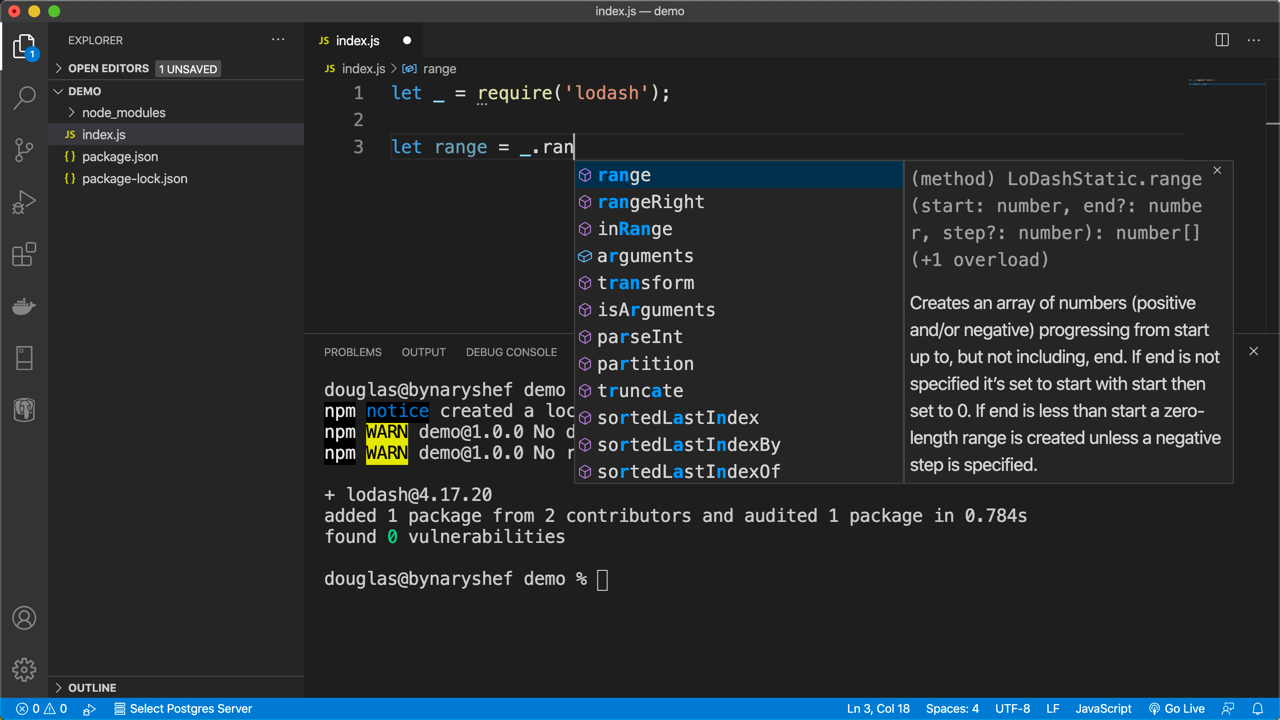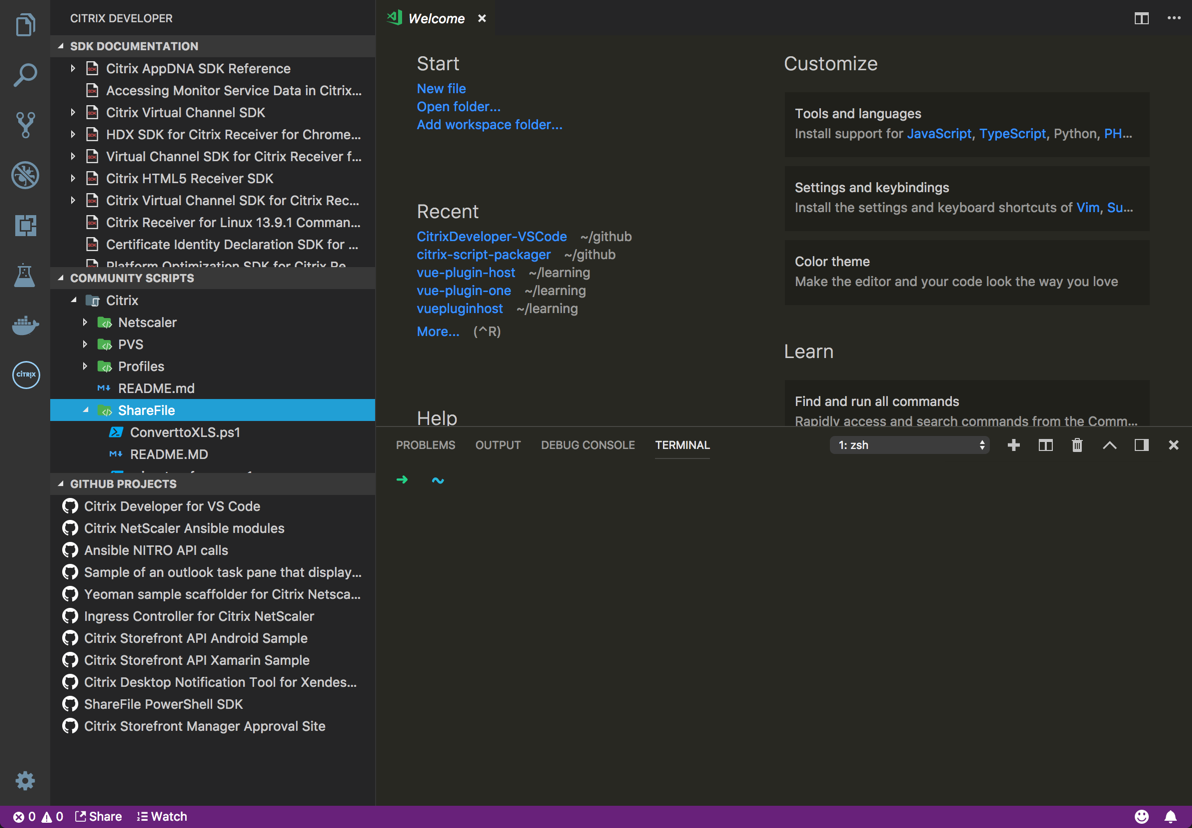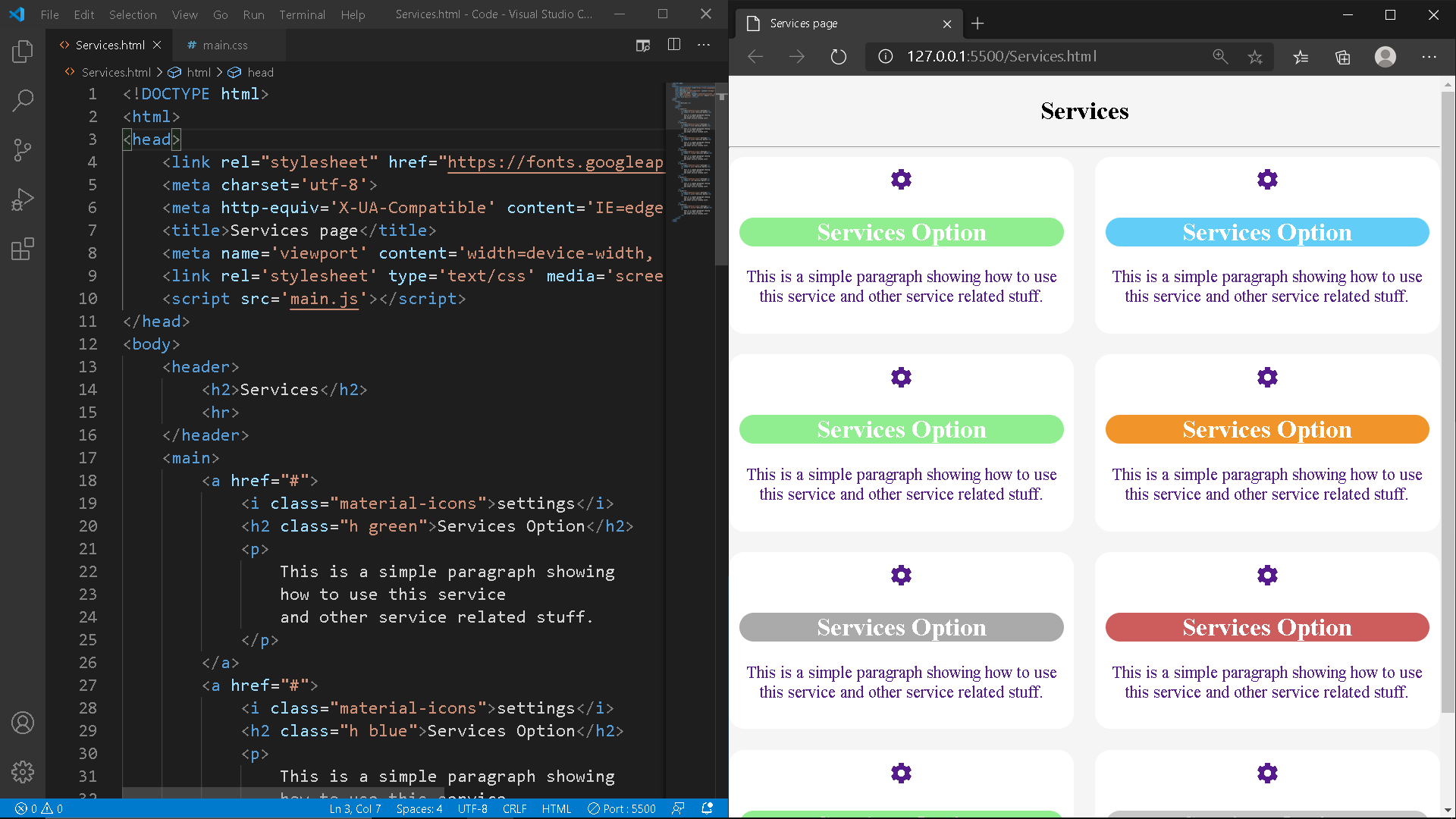

- #Developing in visual studio code vs visual studio install#
- #Developing in visual studio code vs visual studio update#
- #Developing in visual studio code vs visual studio download#
If you see a prompt to install a C# extension in the lower right-hand corner, click install, including any additional dialogs askingĪnd that’s it. Once VS Code has opened the folder, you can open the Program.cs file shown at step 1. In my case, the folder is c:\Users\seamark\PBI-Tool. If you are unsure where the folder is, you can derive this from the prompt in the terminal window. Net project, we need to click the Open Folder button in the top right, and then navigate to the PBI-Tools folder created using the md command at step 3. VS Code works with folders, so to open the newly created. This command downloads and installs the relevant DLL files needed to connect with Analysis Services databases. dotnet add package .amd64 -version 19.4.0.2-Preview Net Core TOM client libraries by typing the following command into a terminal window. Now we have a sample application we can add the.
#Developing in visual studio code vs visual studio download#
The second command moves into the new folder (cd = change directory), while the final command runs some scripts to download a template for a c# console app in the new folder.īrowsing this new folder from File Explorer should show the following : Step 4 : Add TOM client libraries The first command creates a new empty folder (md = make directory) for the exercise.

Net Core SDK install was successful as per the following image (you may need to scroll up): Step 3 : Create a C# console appĪt the terminal window, type the following three commands to create a brand new folder for our project. The dotnet –info command should display a list of text in the terminal window, and we are looking to see that the. This action will open an area at the bottom of the VS Code screen where you can type commands such as dotnet –info To open a new terminal window in VS Code, click the Terminal menu item from the top – then select New Terminal from the drop-down menu. Once the SDK has installed, you can check by opening VS Code and running the following command at a terminal: dotnet -info I use version 3.1.301, so any version that matches this or later is fine.ĭownload and install the SDK executable using default settings. Net Core runtime (which gets installed by the SDK) – it needs to be the SDK. On a browser navigate to the download page for the. Use default settings when prompted during the install. Open a browser and navigate to then download and run the installer for the current version for Windows. The following step by step exercise will be to download and configure VS Code to the point where it can connect to a Power BI Desktop file and add a new measure. You can also connect to models hosted in Azure Analysis Services as well as models hosted in Power BI Premium. The following exercise uses VS Code to connect and manage a Power BI Desktop model. I just thought it would be fun to show how quick and easy it is to get up and running in VS Code in very few steps. There is nothing you can do in VS Code that you can’t also do in another tool using TOM. Visual Studio Code is a reasonably new development environment which is lightweight and quick to install and get up and running. Net Core version that works nicely with Visual Studio Code. Now the TOM client libraries also have a. Net framework, which meant they were complicated to use with Visual Studio Code. Previously, TOM client libraries only supported the.
#Developing in visual studio code vs visual studio update#
We could create scripts to run in Visual Studio or PowerShell for quite a while, but a recent update to the TOM client libraries now make it very easy to use Visual Studio Code for such requirements. Many of these tasks can be completed by creating TOM based scripts to run in your tool of choice.

Still, sometimes you have a task that isn’t so easy to complete one of the existing tools. We already have fantastic tools such as SSDT, Tabular Editor and ALM toolkit that use TOM to connect and update existing data models. Power BI data models are hosted in an instance of an Analysis Services, either running locally in Power BI Desktop or published to the web service.Īnalysis Services provides the ability for external tools to connect and manage models using the Tabular Object Model (TOM). The technique not only allows you to browse the underlying model easily but also enhance and change such as adding/changing measures. For this blog, I want to share a technique that allows you to use tools such as Visual Studio Code to connect and make changes to Power BI models.


 0 kommentar(er)
0 kommentar(er)
